FORT IRWIN, Calif. - Fort Irwin and the National Training Center hosted a ribbon cutting ceremony to recognize the introduction of new emergency services at this U.S. Army installation, June 29.
The ribbon cutting was held at the parade field under a shade structure and featured Fort Irwin and NTC Commander Brig. Gen. Robert "Abe" Abrams as guest speaker.
"Today's ribbon cutting recognizes multiple new services that are long overdue for implementation at the National Training Center," Abrams said.
Fort Irwin and the NTC has procured new resources and provided upgrades to its emergency services system. Personnel have been hired, new communications equipment has been emplaced and software upgrades have been installed. The new personnel include 10 emergency medical dispatchers and nine paramedic firefighters. A new communications 800 MHz repeater has been installed to provide communications from Fort Irwin to trauma centers in the County of San Bernardino and the state of Nevada. In addition, new emergency medical dispatch computer hardware and software has been incorporated into the existing Fort Irwin emergency dispatch center.
"Under the leadership of our garrison commander, Col. Jim Chevallier, and his team, we are constantly making improvements to our installation - some small, small big, but all part of our continuing effort to make life a little better for our Soldiers and Families, who sacrifice so much in support of our country," Abrams said.
Abrams explained the history behind the improvements that have been implemented. He stated that the November 2009 death of Sgt. Maj. Matthew Stevens, 41, after an off-road accident on Fort Irwin, prompted a review of emergency services here. The results of subsequent investigations revealed that emergency procedures were followed correctly and that the severity of Stevens' injuries resulted in his death. However, the investigations also revealed that emergency management systems and capabilities needed to be upgraded.
The review showed that, despite being located in San Bernardino County, Fort Irwin was not part of the San Bernardino emergency services architecture, said Abrams. Fort Irwin is now a full member of ICEMA, which allows this post to leverage ICEMA capabilities and provide immediate support, within capabilities, to surrounding civilian communities.
Paramedic firefighters will be able to communicate by radio with trauma doctors and coordinate medical evacuations (MEDEVAC) directly to trauma centers if necessary, said Mike Butolph, director of Emergency Services on Fort Irwin. Medical evacuation assessment and coordination will follow protocol established by ICEMA. This new communications and coordination effort makes possible a direct MEDEVAC from an accident scene to trauma centers. The new communications equipment will also allow emergency personnel from surrounding communities to maintain or establish radio communications in remote areas north of Fort Irwin, said Butolph.
New 911 capabilities include the ability of emergency dispatchers to provide life-saving instructions to callers, so that immediate care can be performed while paramedics travel to the scene.
The new services and equipment expand an emergency service system already in place at Fort Irwin that includes: fire stations, a hospital, basic life support-trained firefighters, military medical personnel and helicopter ambulances. These services support the residents of Fort Irwin, who include thousands of military family members and servicemembers, and a civilian workforce unmatched in size anywhere else in the county. Emergency services also support the primary mission of the NTC, which is to train brigade-size military units before they deploy to Iraq or Afghanistan. The NTC has expanded its capability to provide immediate care even for those who are located in the remote areas of the training center, according to Butolph.
The funding for the improvements is provided by the U.S. Army.

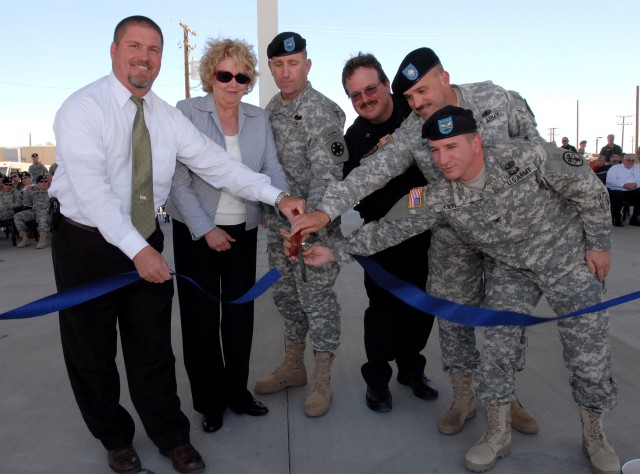
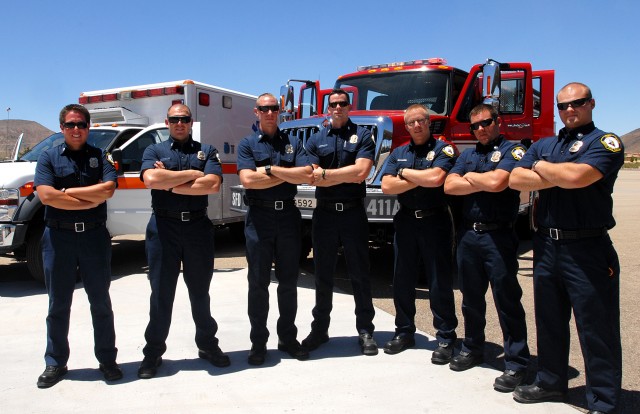
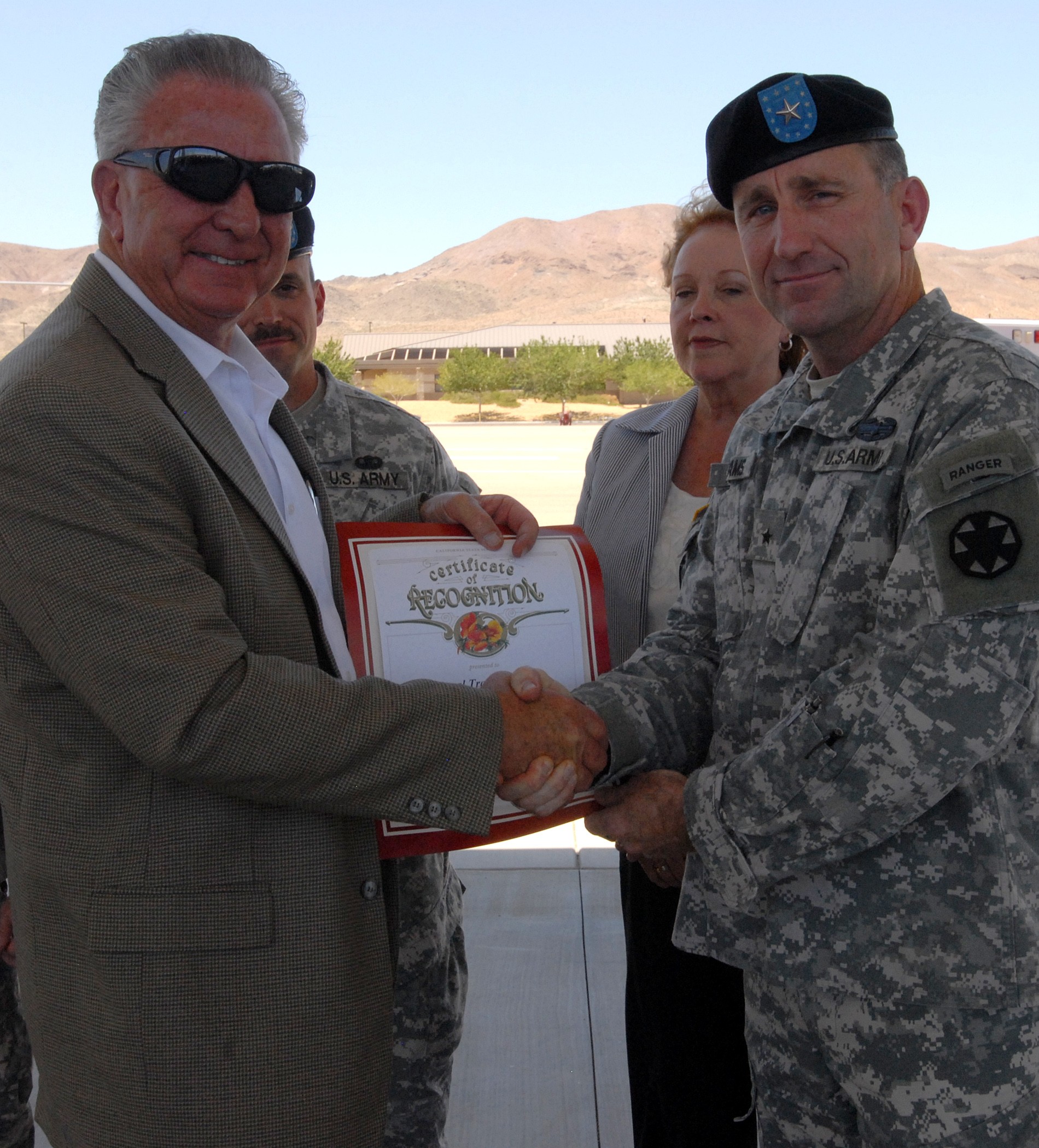
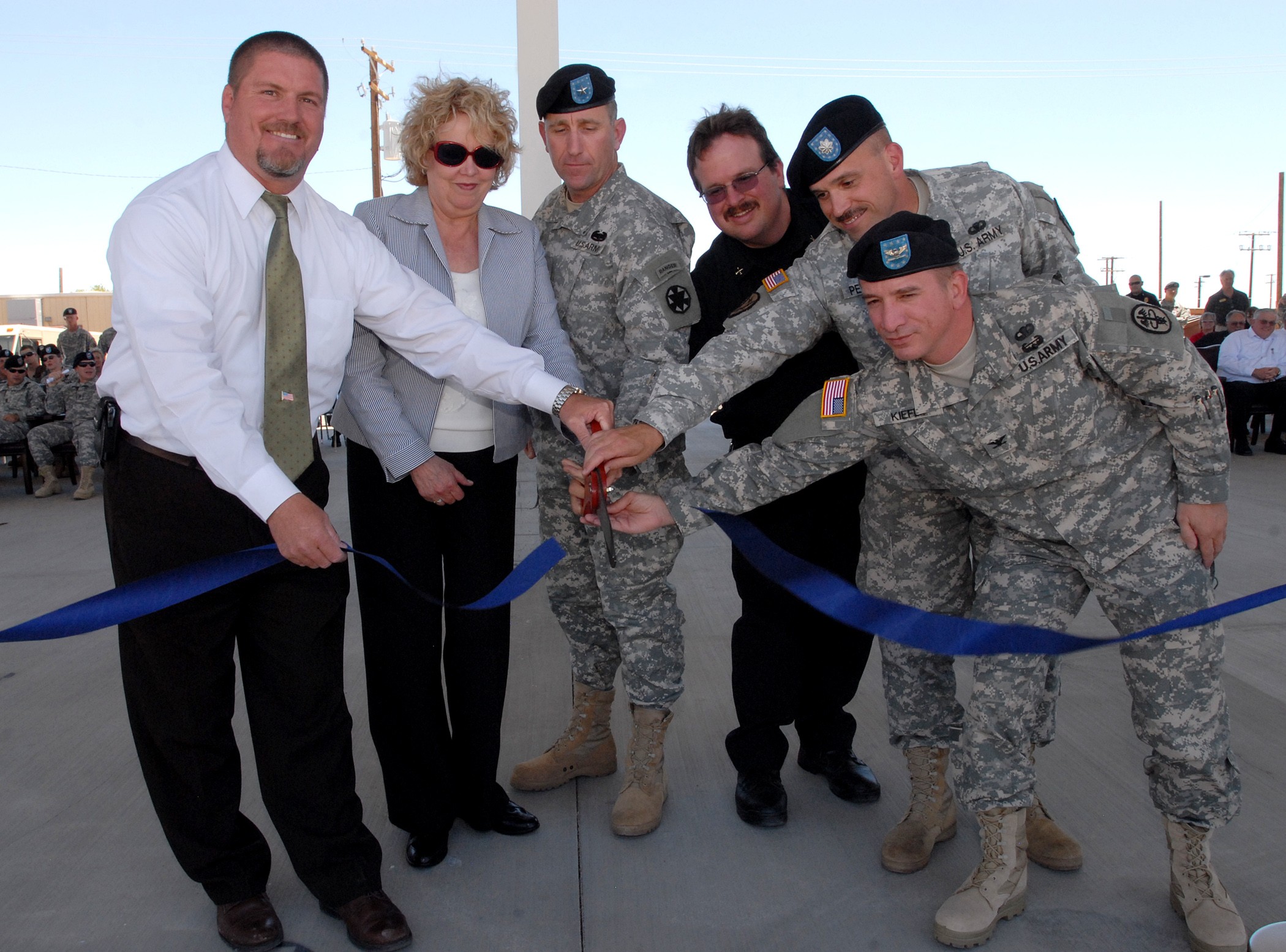
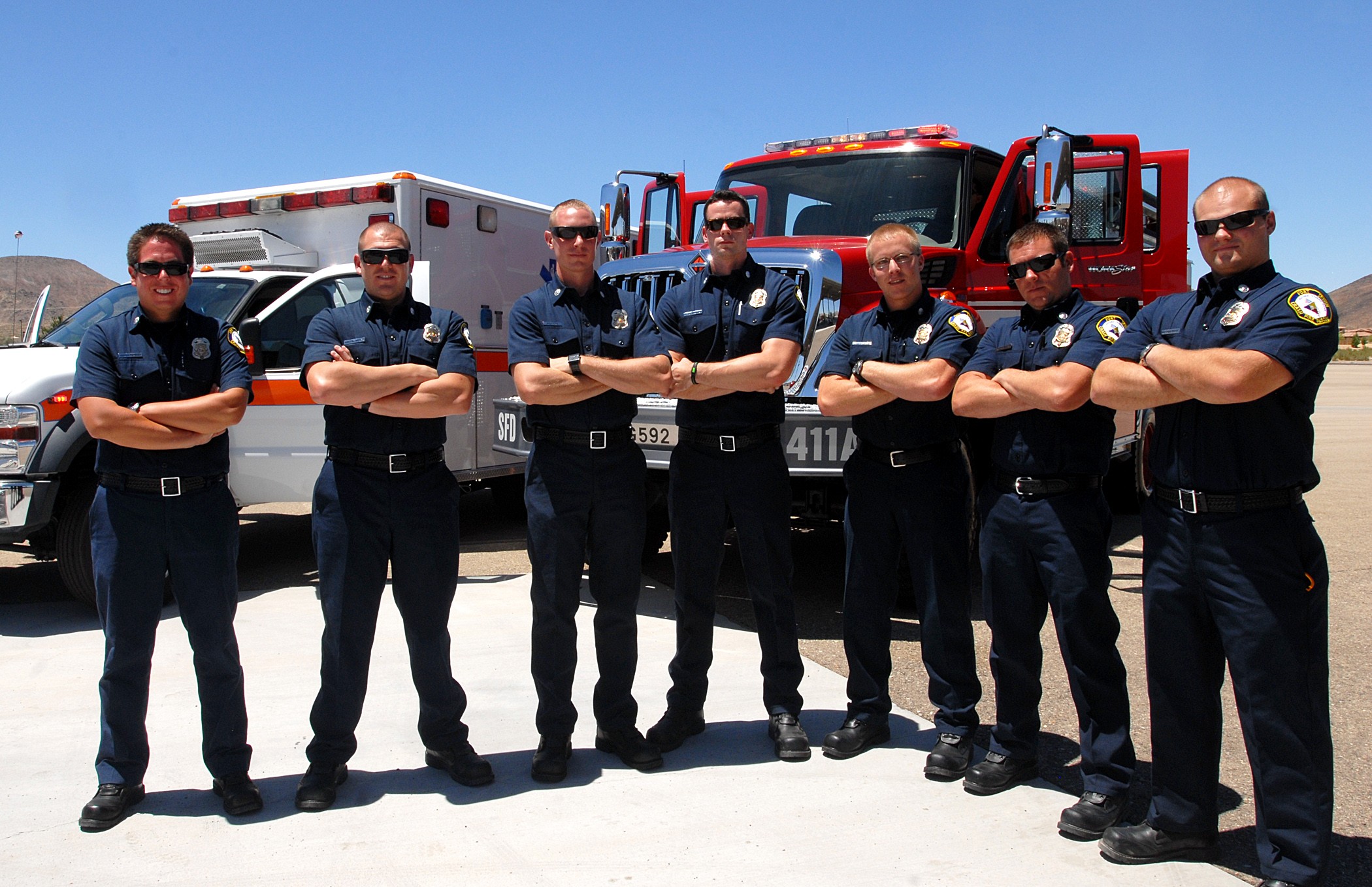
Social Sharing